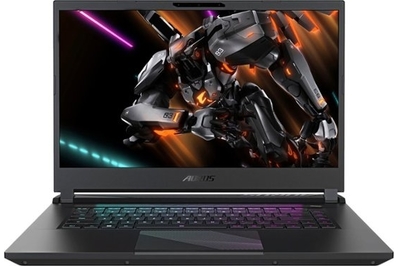During our tests, we measure internal temperatures using HWMonitor Pro, and we record external temperatures using an infrared thermometer pointed at different surface points of the laptop. We automatically dismiss any laptop that exceeds the maximum temperature safe for skin contact or PC hardware. And we adhere to the following temperature limits, based on research published by NASA (PDF), the National Institute of Standards and Technology (PDF), and operating specifications from Intel, Nvidia, and AMD:
| System component or surface point | Maximum temperature limit |
| CPU | 212 °F |
| GPU | 180 °F |
| Keys and keyboard surface points | 110 °F |
| Underside | 130 °F |
Should you buy a gaming laptop?
Any gaming laptop that costs thousands of dollars should be able to play the newest, most taxing games smoothly and consistently on high graphics settings. But you don’t need to shell out more than $1,500 to get a great laptop capable of playing your favorite games, and higher price tags do not guarantee better performance.
We’ve tested many gaming laptops in the past, and in 2023, we tested models costing up to $3,000, with the newest generation of Nvidia’s 40-series GPUs and Intel’s 13th-generation processors. Our findings have remained the same over the years: High-end gaming laptops packed with the most-powerful hardware still don’t offer enough performance benefits over more-affordable options. In some cases, they even perform worse.
Why we don’t recommend expensive gaming laptops
If you want the best gaming experience, and you don’t need a computer you can travel with, you’re better off buying or building a gaming desktop. They’re more powerful than laptops at the same price, and they’re easier to upgrade down the line to meet the demands of newer and more-taxing games. But the ability to play games in any room of your house, on a trip, or when you’re killing time out in the world is compelling—as long as you’re not too far away from a power outlet. And this is why we recommend a cheap gaming laptop for most people.
This article was edited by Arthur Gies and Caitlin McGarry.
